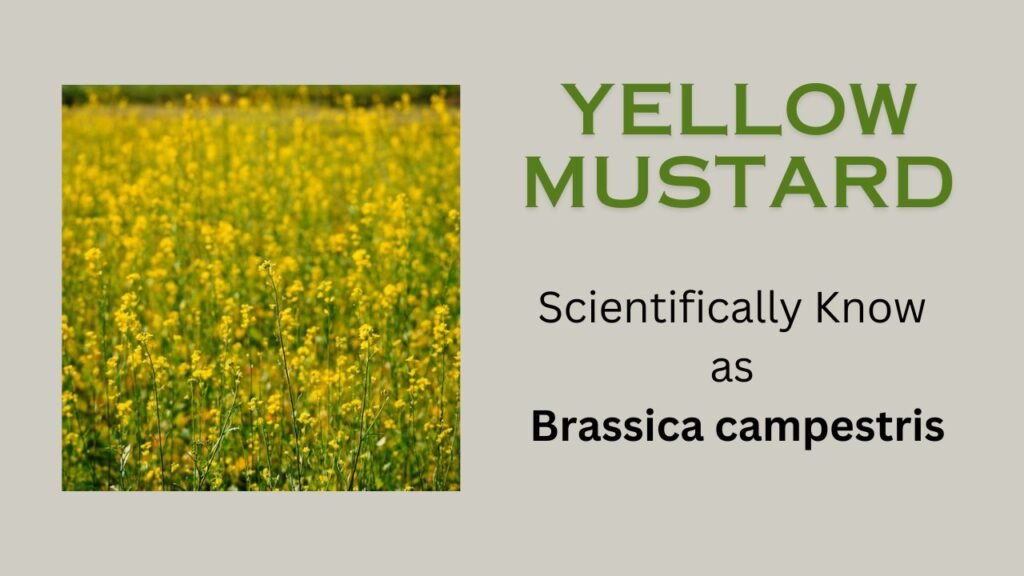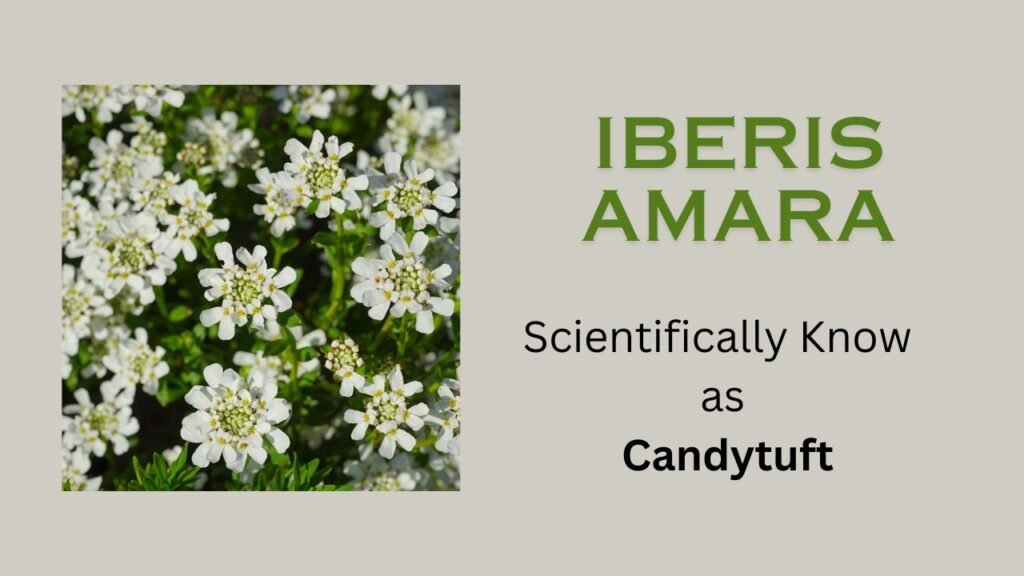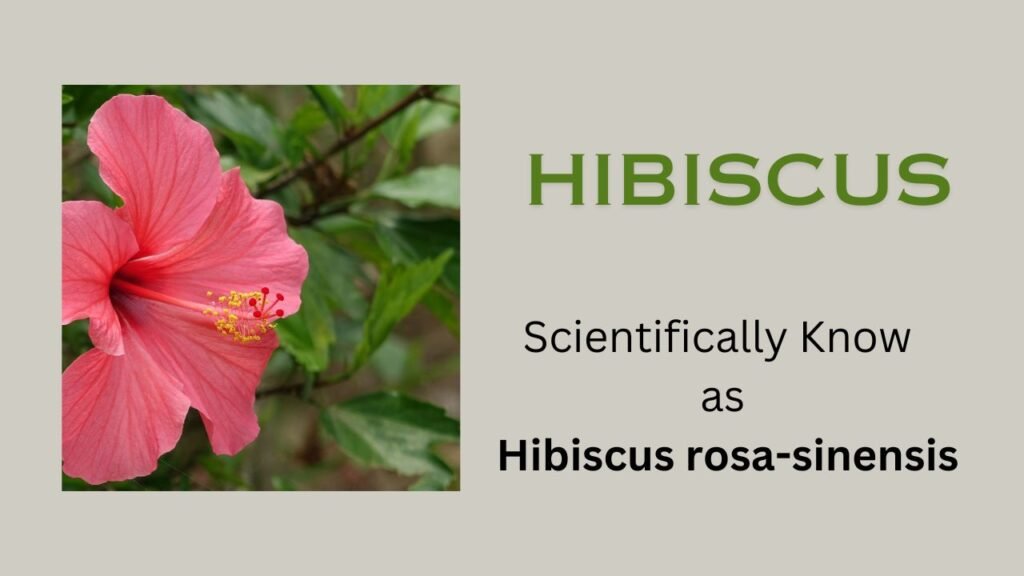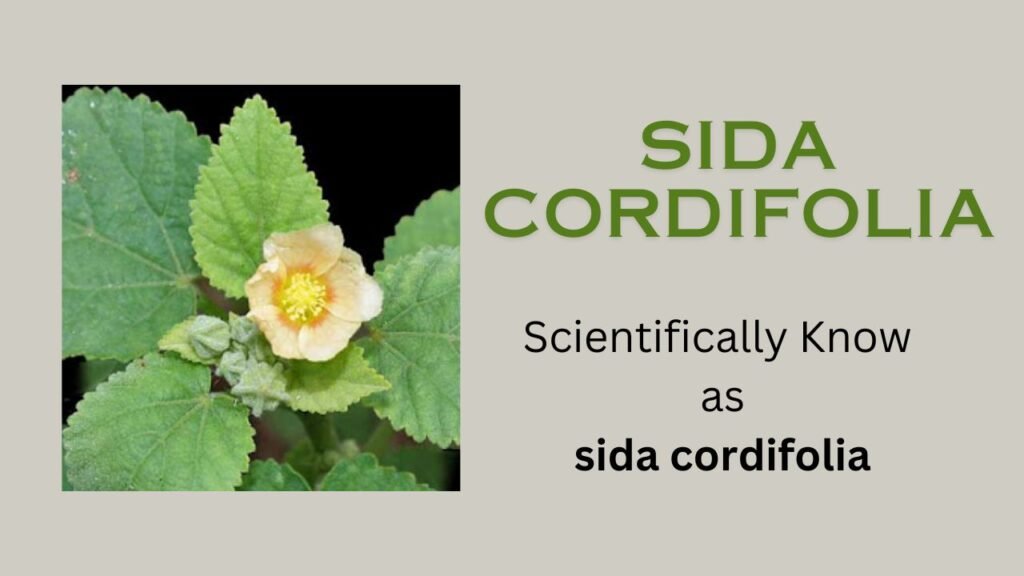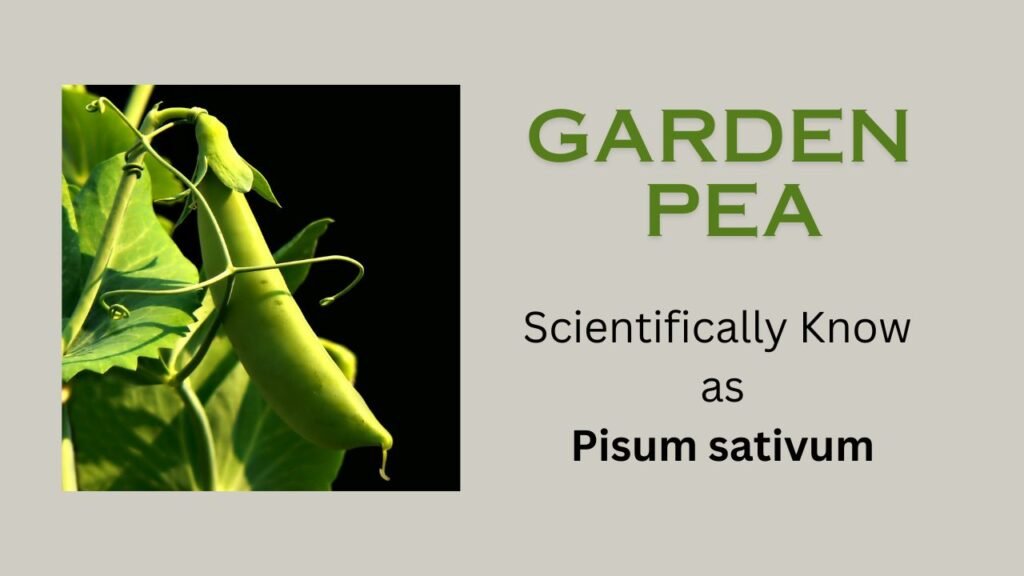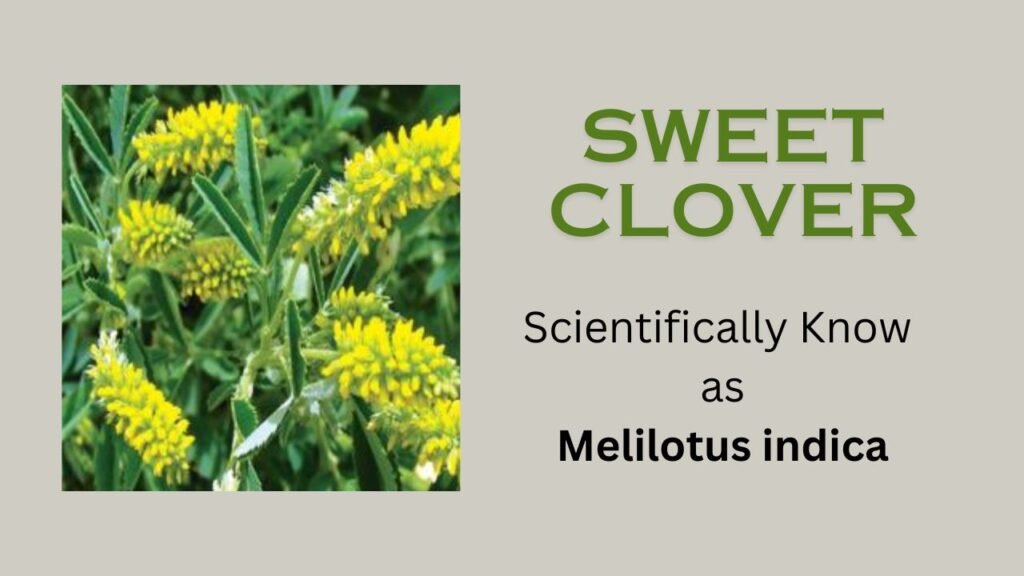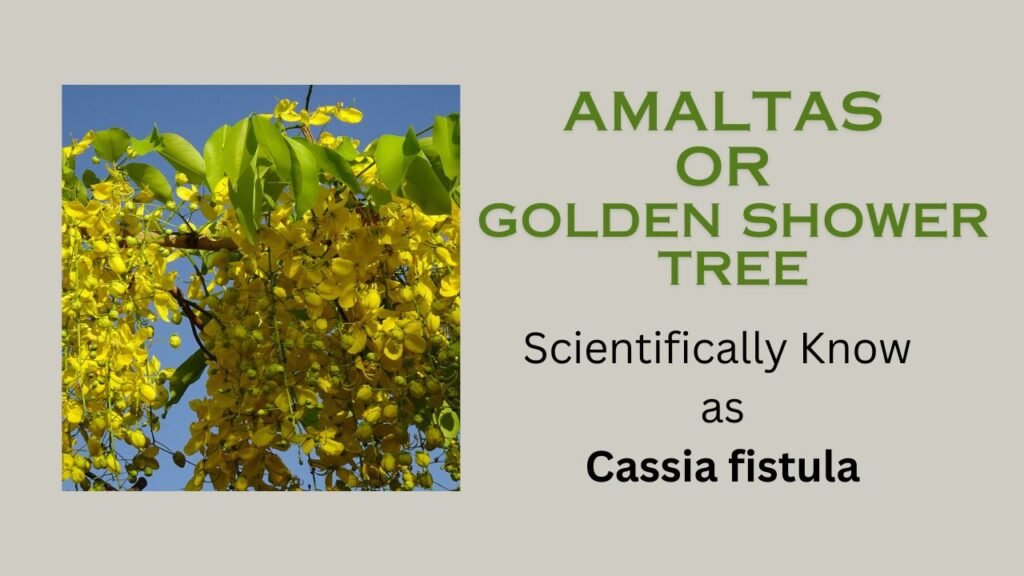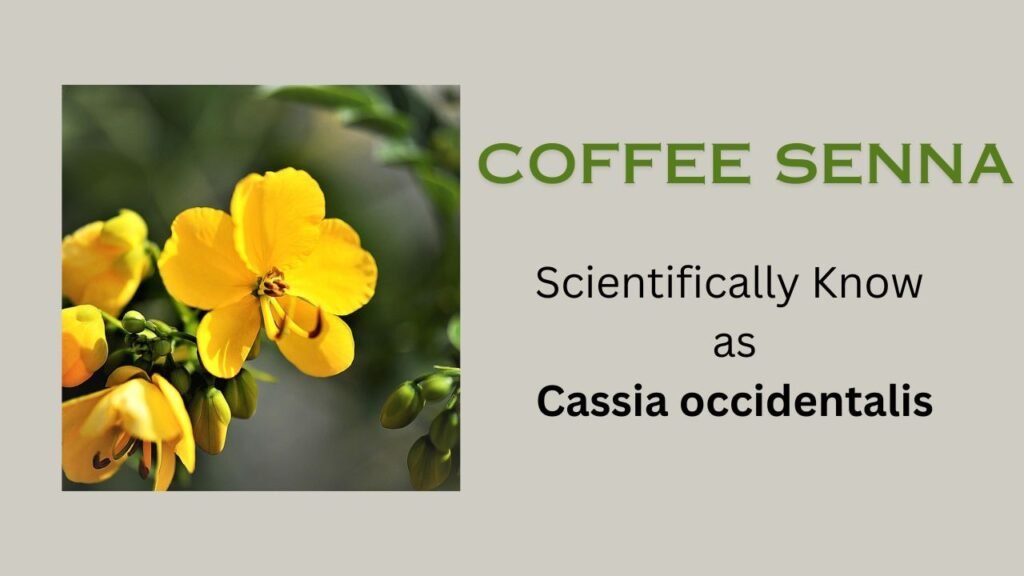Cucurbita maxima commonly known as Kaddu. It is a member of the Cucurbitaceae family. In this article, we will learn about the position of leaves, flowers, and fruits of Cucurbita maxima.
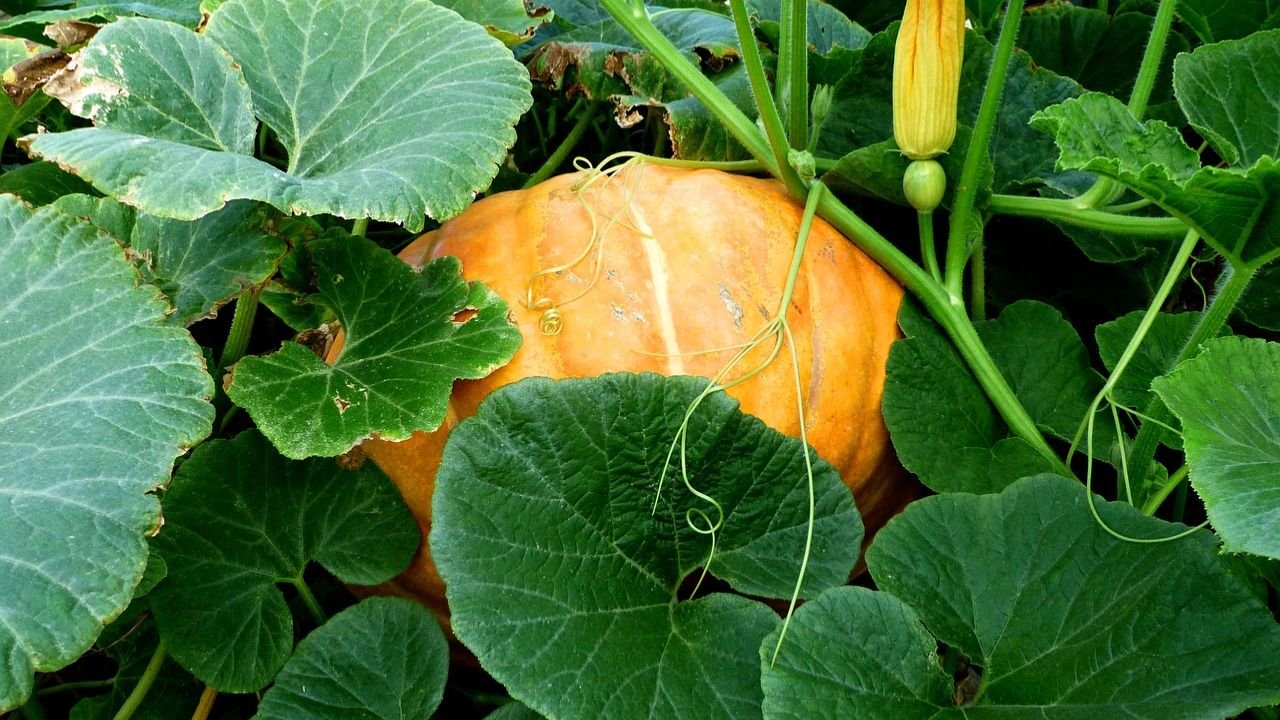
Scientific Name: Cucurbita maxima
Some Basic Information about Cucurbita maxima
Habit– Annual cultivated herb
Root– Tap root
Stem– Weak, creeping, decumbent, branched, pentangular with climbing habit
Leaf– Exstipulate, petiolate, alternate, simple, cordate, ovate, 5-lobed, multicostate, reticulate venation
Inflorescence– Solitary axillary
Flower– Large, pedicellate, ebracteate, unisexual, actinomorphic, incomplete, epigynous, white.
Male Flower–
Calyx– Sepals 5, gamosepalous, quincuncial aestivation.
Corolla– Petals 5, gamopetalous, imbricate aestivation, campanulate.
Androecium– Stamens 5 (4 stamens fused in two pairs and one free) so that total number of stamens appears to be 3 with anther spirally twisted.
Gynoecium– Absent.
Female Flower–
Calyx– Like male flower.
Corolla– Like male flower.
Androecium– Absent or staminodes.
Gynoecium– Tricarpellary, syncarpous, inferior ovary, unilocular with parietal placentation but appears like axile, numerous ovules, style short with three bifid stigmas.
Fruit– Pepo
Floral formula-
Male flower– Ebr ⊕ ♂ K(5) C(5) A(2)+(2)+1 G0
Female Flower– Ebr ⊕ ♀ K(5) C(5) A0 G(3)
Systematic Position:
Division – Phanerogamia
Subdivision – Angiospermae
Class – Dicotyledonae
Subclass – Pollypetalae
Series – Calyciflorae
Order – Passiflorales
Family – Cucurbitaceae
Genus – Cucurbita
Species – maxima

